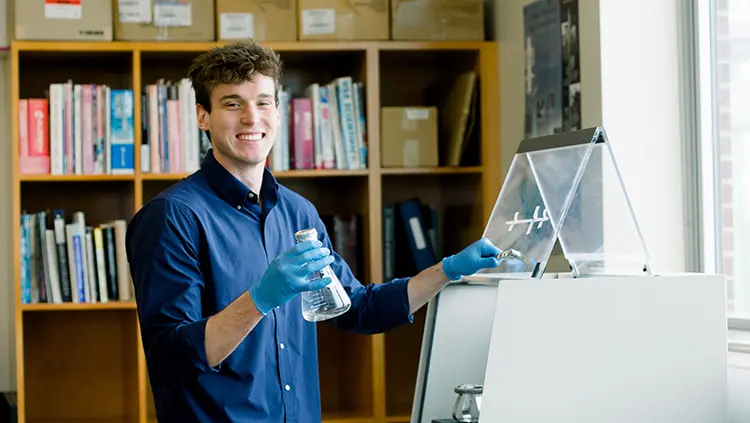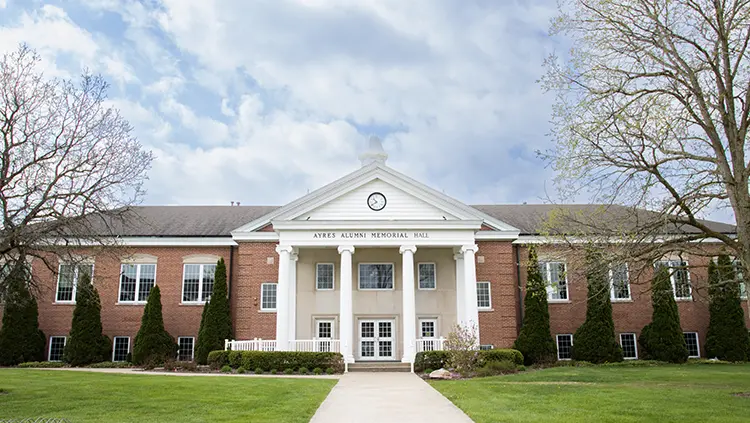-
-
- Financial Aid
- Financial Aid
- Scholarships
- Loans
- Grants
- Federal Work Study
- Additional Resources
-

All of our departments, from the sciences to the arts, are housed in the academic buildings best-suited to fit their students’ needs. Each academic building offers students the resources they need to thrive in their area of study, in and out of the classrooms.
At 137,000 square feet, the Euler Science Complex is the largest single building in Taylor’s history, including the large Atrium and the Nussbaum Center. This four-story facility received a LEED Gold certification, the top third-party verification system for green buildings.

Randall has been renovated to house Taylor's new graduate-level Physician Assistant program, as well as environmental studies.
The Randall Center incorporates state-of-the-art interior environmental design with exterior views of adjacent natural areas. This facility is used for teaching, research, and service and houses faculty offices, classrooms, labs, and features for educational outreach. The specialized laboratories are equipped for biotic analysis, satellite image retrieval, computer mapping, soil analysis, and plant systematics.

Connected to Rupp and Metcalf, the Smith-Hermanson Music Center provides a sound-proof space for music students to thrive. The music building houses an electronic music studio, a music technology lab, teaching studios, 18 rehearsal rooms, and practice rooms for all music students’ needs. The 250-seat Butz-Carruth Recital Hall is fully equipped for quality music performances. Other music equipment includes:

In addition to nearly 100,000 books and journals on its shelves, the Zondervan Library provides access to a host of online content in the form of journals, eBooks, and scholarly articles that support teaching, student research, and a broad spectrum of learning. Librarians and student research assistants are available to help students kickstart research or find specific resources. The Library offers services that meet student and faculty research needs, including Interlibrary Loan, which is borrowing materials from other institutions.
Zondervan Library hosts a mix of spaces for individual study and group collaboration—around 20 study rooms, two quiet study pods, and a variety of seating for studying alone or with friends. Follow the Library on Instagram @zndrvn.libr!
The Archives & Special Collections is also located in the Zondervan Library building.